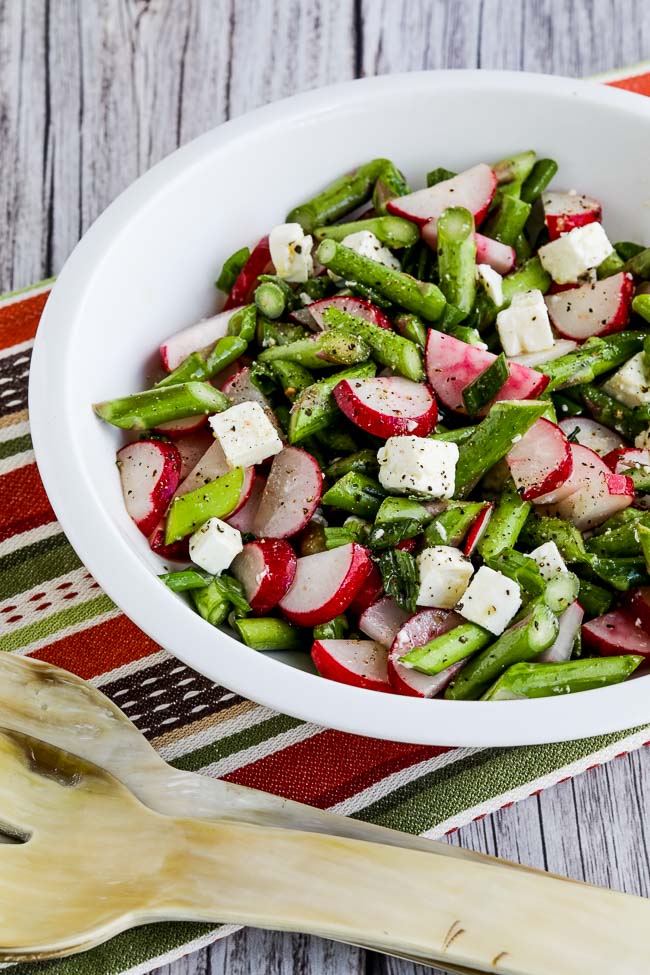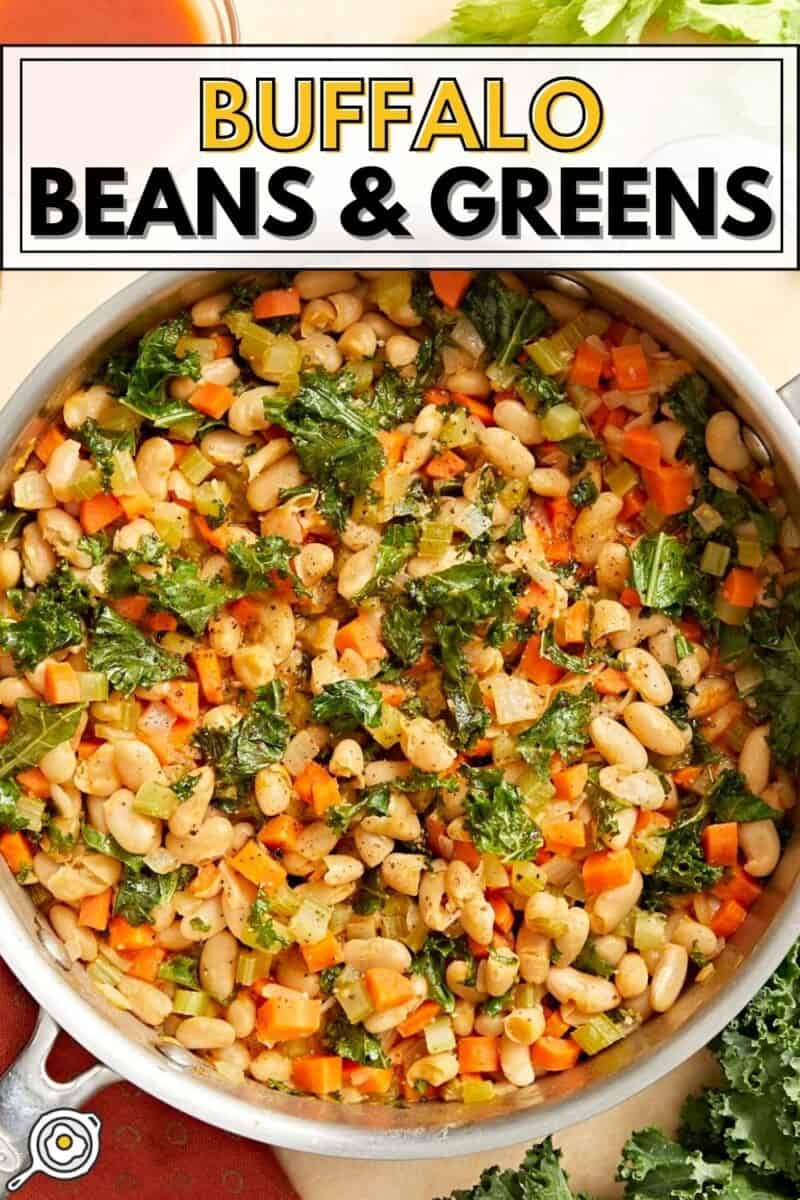
Why It Works
- The use of small fish increases the ratio of bone to meat, which makes the soup stock deeply flavorful.
- Boiling the Vietnamese mint and torch ginger flower buds in the stock and then adding them fresh as a garnish creates a balanced flavor and richly herbal and floral aroma.
Usually, when people hear the word “laksa,” they imagine a big bowl of noodles topped with a thick, coconutty curry soup. While curry laksa is indeed one of the more well-known dishes from Southeast Asia, there’s actually a whole wealth of laksas to discover. In Malaysia, “laksa” essentially means “noodle soup,” as there isn’t really anything that ties the different kinds of laksas together other than them all being noodles in soup. The variety of laksas from state to state is almost staggering, from the spice-rich prawn-based gravy and thin rice noodles of Sarawak laksa to the fish-based Johor laksa served with spaghetti (yes!), to the soft rolled rice noodles in creamy fish gravy of Kelantanese laksam. The laksa I’m writing about here though, is my personal favorite and probably the most aromatic of them all, the Penang asam laksa.
Serious Eats / Michelle Yip
Penang, an island off the west coast of Malaysia has some of the best street food this side of the globe, and is deservedly world-famous as a destination for gastronomes. One of its most famous dishes is asam laksa, a strongly spicy, sour (“asam” means “sour”), and savory fish soup served with thick rice noodles and various aromatic herbs. The use of small, oily fish such as chub mackerel or sardines is necessary for the making of the stock: Their high ratio of bone to meat means that the flavor of the stock will be much stronger, providing the depth necessary to highlight the bright herbs that are cooked in the stock and served raw as garnish.
Serious Eats / Michelle Yip
I’ve tried experimenting with larger oily fish like tuna and Spanish mackerel, but the stock just did not have enough punch. Deboning the fish can be a bit of a pain even for me, but I roll up my sleeves and get on with it while catching up with podcasts, and before I know it, I’ve deboned a whole kilo’s worth. If you’re considering white fish, don’t, as it doesn’t have the fatty mouthfeel necessary for the soup stock, and the flesh disintegrates too easily when boiled in soup. Garnish-wise, it’s almost like a who’s who of Southeast Asian flavors. From different kinds of mint to thin chunks of pineapple, each bowl can (and should) be customized to the preference of the eater. If you don’t feel like hunting down every single aromatic item, make sure you at least have torch ginger flowers and Vietnamese mint—asam laksa simply won’t taste or smell the same without them. More easily available vegetables like julienned cucumbers and shredded lettuce will do just fine to add a fresh crunch to the dish.
Serious Eats / Michelle Yip
Because of their labor-intensive prep, laksas are usually eaten outside the home during office lunch breaks or weekend brunches with the family. When they’re made at home, especially with recipes like asam laksa that use small fish, it’s very much for a special occasion. This particular recipe is heavily based on a recipe by one of my favorite fellow Malaysian cooks, Dinesh Rao, one of the owners of beloved (though now-closed) restaurant Tray Cafe in Kuala Lumpur, which in turn is based on his own tinkering with his mother’s recipe and others he’s come across. It comes pretty darn close to what you can find at hawker stalls—deeply, pleasantly fishy, with a heady aroma of fresh herbs that you’ll dream about for days. Make the trip to your local Asian grocery stores for the ingredients; I promise you it is well worth it.
Serious Eats / Michelle Yip




